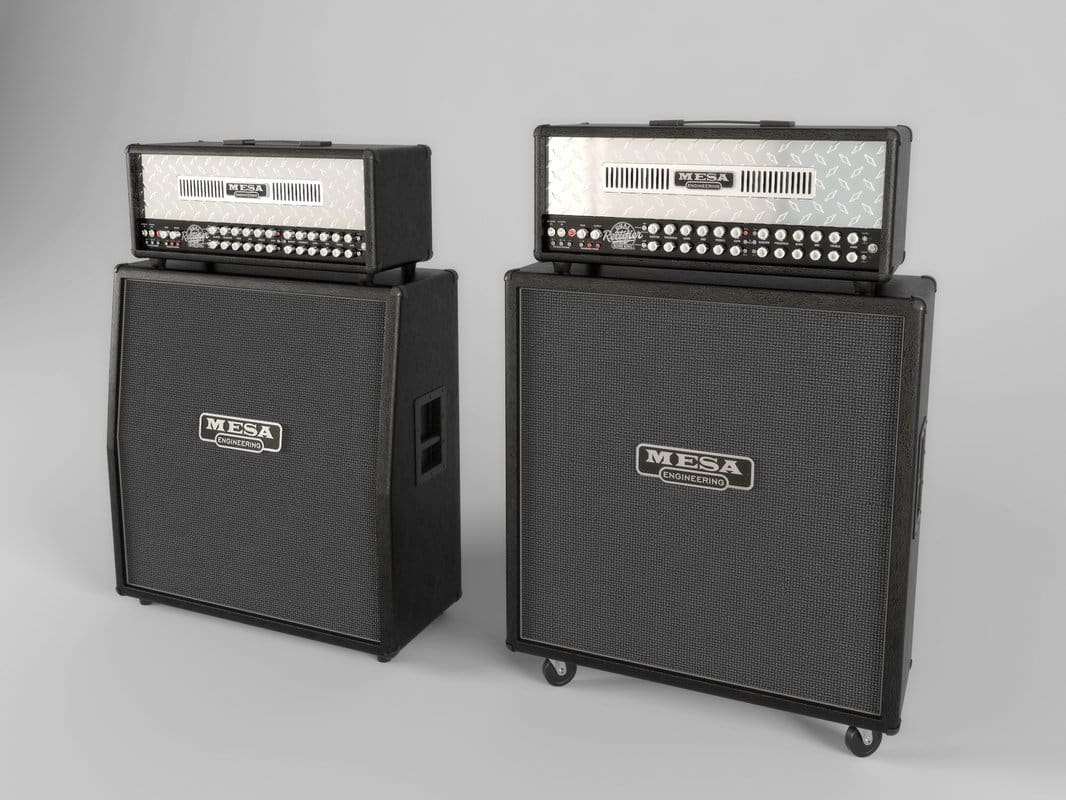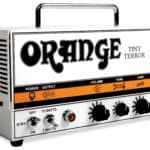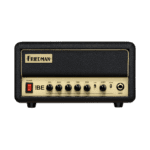Mesa Boogie’s Dual Rectifier is for sure a legend. It’s the amp we all looked up to when we were younger.
But hey, now we are adults and we can afford it! (Maybe)
When looking for one of these to adopt I found out that there are also Triple Rectifiers. I did not know that.
This sparked my curiosity and make me wonder why would we need a whole other rectifier in this beast of an amp.
And also, what the … is a rectifier?
So what are the main differences between a Dual Rectifier and a Triple Rectifier?
The main difference between the Mesa Boogie Dual Rectifier and the Triple Rectifier is their wattage. The Dual Rectifier is a 50 or 100-watt amp while the Triple is 50 or 150-watts. This extra wattage gives the Triple Rectifier more headroom and not so noticeable higher volume output.
In this article, we will first define shortly what a rectifier is, then we will lay out the main characteristics of these two models.
After that, we will put them side by side to make their differences stand out.
Later, we will watch a short audio shootout of both, and finally, we will tell you which one should you get.
But before getting started, if you are looking for a new Mesa Boogie amp, you should really check out my article on the best Mesa amps in the market right now:
What is an amp rectifier?
As Carl’s custom amps website can tell us:
“A rectifier is simply an electronic device that converts AC voltage to DC voltage. All amps run on DC voltage so all amps have a rectifier to convert the AC voltages coming from the power transformer to DC voltages your amp circuit can use.”
In short, the rectifier is one of the building blocks of the power supply of the amp.
Rectifiers can be tube-based or solid-state-made. The former being preferred for their response character in guitar amps and the latter in HiFi audio systems.
The benefit in tone and feel of having a tube rectifier is that the amp becomes “spongier”. The fluctuations in power delivery at high volumes when a signal is delivered (you play a note) are more pronounced.
Tube-rectified amps have more “sag” and make you feel a much clearer response from the interaction of your playing with the amp.
Mesa Boogie Dual Rectifier main characteristics
The Dual Rectifier as I said earlier is a Rock and Metal god. No arguments accepted.
Its iconic sound shaped the music of the 90s and 00s.
There is a lot to say about this beast, but it’d be better if we let its specs speak for themselves.
| Spec | Dual Rectifier |
| Wattage | Multi-Watt™ 50 or 100 (Channel Assignable) |
| Power Tube Type | 4x Mesa 6L6 (or EL-34) |
| Channels & Modes | 3 Channels / 8 Modes |
| Weight | 41 Lbs. |
| Dimensions | 10″ H x 25 1/2″ W x 9 7/8″ D |
| Build Location | Hand-Wired In Petaluma, CA |
Mesa Boogie Triple Rectifier main characteristics
The Triple Rectifier is the Dual’s big brother. As if something bigger and louder was ever needed.
Their sound is practically the same, but this one goes up to 11.
Let’s check this monster’s specs out:
| Spec | Triple Rectifier |
| Wattage | Multi-Watt™ 50 or 150 (Channel Assignable) |
| Power Tube Type | 6x Mesa 6L6 (or EL-34) |
| Channels & Modes | 3 Channels / 8 Modes |
| Weight | 48 Lbs. |
| Dimensions | 10″ H x 25 1/2″ W x 9 7/8″ D |
| Build Location | Hand-Wired In Petaluma, CA |
Main differences between the Mesa Boogie Dual Rectifier and the Triple Rectifier
As you could see in the tables before, the differences are subtle.
But we can assure you they exist. Look closer. Maybe seeing them side by side will help you:
| Spec | Dual Rectifier | Triple Rectifier |
| Wattage | Multi-Watt™ 50 or 100 (Channel Assignable) | Multi-Watt™ 50 or 150 (Channel Assignable) |
| Power Tube Type | 4x Mesa 6L6 (or EL-34) | 6x Mesa 6L6 (or EL-34) |
| Channels & Modes | 3 Channels / 8 Modes | 3 Channels / 8 Modes |
| Weight | 41 Lbs. | 48 Lbs. |
| Dimensions | 10″ H x 25 1/2″ W x 9 7/8″ D | 10″ H x 25 1/2″ W x 9 7/8″ D |
| Build Location | Hand-Wired In Petaluma, CA | Hand-Wired In Petaluma, CA |
Now let’s get to the small details that make us gear nerds so happy.
What do these specs mean in plain English?
The Triple Rectifier has a higher declared wattage. This means that it will have more headroom before breaking up at the power section.
Remember how old-time distortion was achieved by cranking up clean amps? That was power stage saturation. This is the same.
A Dual Recto will break up at lower volumes.
But don’t get fooled by this. 100 watts are a heck of a lot of power. You should be getting your face melted before getting the amp to give you some sweet tube saturation.
However, many players would like that extra headroom to make sure their clean tones stay clean no matter the volume.
Other than that the differences in tubes (4 vs. 6) and rectifier tubes (2 vs. 3) are just means to the end we just talked about.
As for the difference in volume these two can achieve, it’s declared to be only 3 dB. So it’s not a big deal.
Here you can check out a quick shootout between these two:
Which one should you choose?
Here at GearAficionado, we don’t like pointing you blindly into a decision. We always recommend you go try out the gear for yourself before choosing.
The feel and tone of an amp are very hard to understand from a computer speaker. If it’s possible for you, go to a store, studio, or rehearsing room where you could put these two amps side to side. Then you’ll only hear the differences.
As for quick rules of thumb to help you decide:
- If you only use distorted sounds, check out the Dual Rectifier
- If your playing incorporates lots of clean sounds and needs the extra headroom, maybe go for a Triple Rectifier
There also might be some subtle tonal differences between the two models, but these are far from our reach and a very subjective matter.

Hello there, my name is Ramiro and I’ve been playing guitar for almost 20 years. I’m obsessed with everything gear-related and I thought it might be worth sharing it. From guitars, pedals, amps, and synths to studio gear and production tips, I hope you find what I post here useful, and I’ll try my best to keep it entertaining also.





